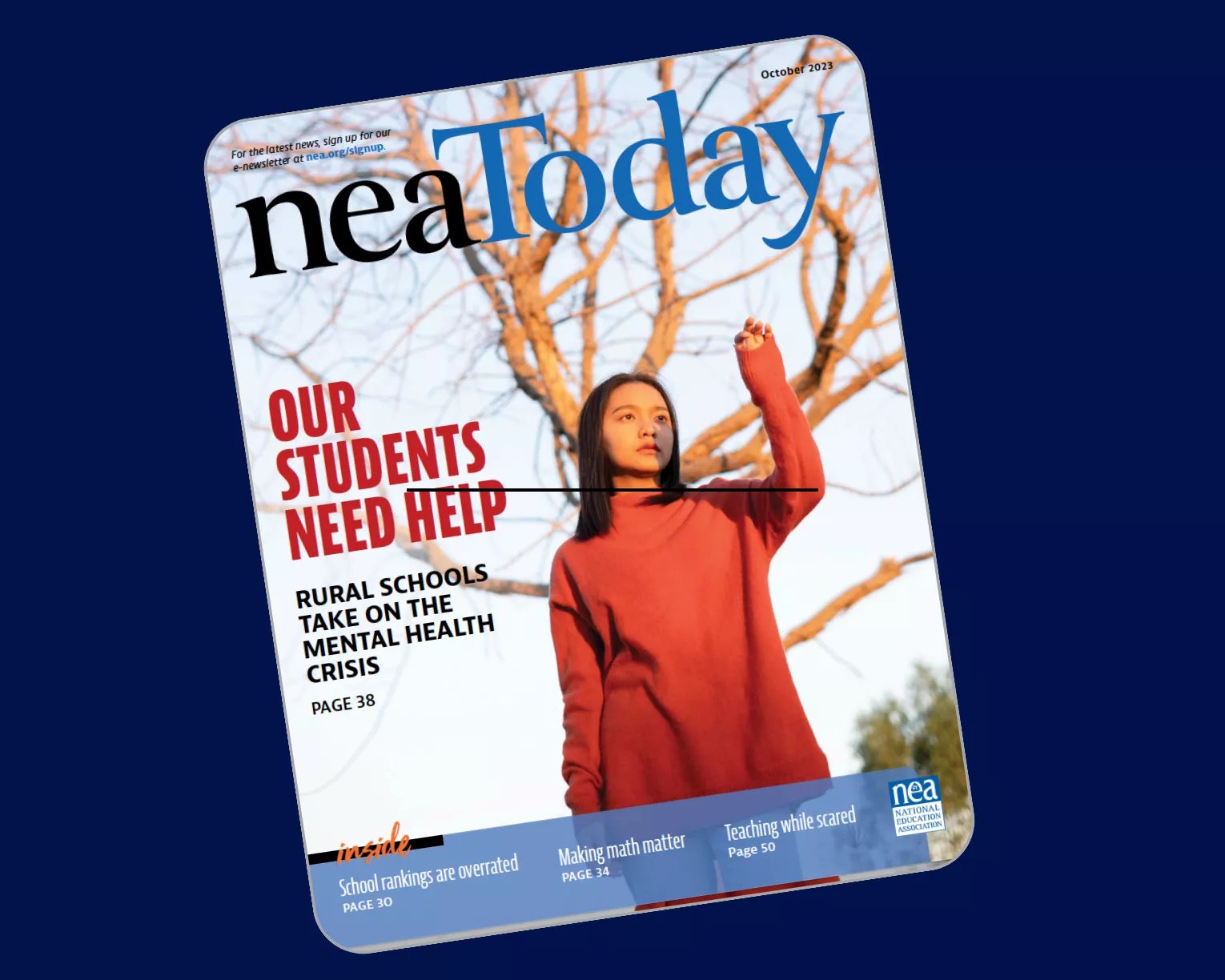I taught technology to kindergarten through eighth graders for almost 15 years, and parents and colleagues were constantly amazed that I could get the littlest learners to pay attention, remember, and have fun with tech skills.
I have a confession to make: It’s not as hard as it looks. Sure, during those first few months of kindergarten— when the students don’t know what the words “enter” and “backspace” mean, and don’t understand why they can’t grab their neighbor’s headphones or bang on their keyboard—I do rethink my chosen field. But that passes.
By January, the parents who tour my classroom think I’m a magician.
What’s my secret? I teach every child to be a problem-solver. If their computer doesn’t work, I have them fix it.
I ask, “What’s wrong with it? What did you do last time? Have you tried … ?” If they can’t remember how to do something, I prod them: “Think back to the instructions. What did you do last week? See that tool right there, does it look like it would help?”
I insist they learn those geek words that are tech terminology: “There’s no such thing as earphones. Do you mean headphones? I don’t understand when you point. Do you mean the cursor?”
No matter how many hands are waving in my face, I do not take a student’s mouse in my hand and do for them, nor will I allow parent helpers to do this. (That’s a bigger challenge than the students. Parents are used to doing for.)
I guide students to an answer. I am patient even when I don’t feel it inside. My goal is process, not product.
By the end of fifth grade, my students have learned how to solve each of the following tech problems:
16 SIMPLE TECH SOLUTIONS
1. Take the first step to solving many problems.
Turn the computer off and then on. Close down and reopen your internet browser. Turn the modem or printer off and then on again.
2. The website doesn’t work.
Check to be sure the URL is entered correctly, and is not missing letters or the http. If that doesn’t work, change browsers.
3. I can’t exit a program.
The universal exit command for Windows-based computers is "alt-f4"
4. I can’t find a program.
Type the name in the "search" field. Most middle and high school students prefer this method of locating a program.
5. ____ doesn’t work.
This could be the mouse, keyboard, monitor, speakers, or some other piece of hardware. Make sure everything is plugged in and turned on. If it is, unplug-replug.
6. The sound doesn’t work.
Is it muted? Are the headphones plugged in? For little ones, do they have the right headphones on?
7. I deleted _____ .
If it’s part of a document, use "ctrl+z" to undo. If it’s a file, check the recycle bin and restore if it’s in there.
8. The font is too small.
Use "ctrl+" to zoom in and "ctrl-" to zoom out.
9. I can’t find _____ in the file.
The universal keyboard shortcut for "find" is "ctrl+f". This works in documents and online.
10. The document is ‘read-only.’
"Save as" under a different name and edit.
11. I’m worried about security.
This is a massive topic, but two solutions that work even for kids in grades K–5 are to cover the webcam and put smartphones in airplane mode (to cut access to the internet).
12. The program froze.
Is there a dialogue box open that’s waiting for an answer?
13. The"shift" key doesn’t work.
Is caps lock on?
14. Double-click doesn’t work.
Push "enter" after the first click.
15. I can’t remember how to _____ .
Right-click. This reveals the most common actions for the context you are in.
16. The internet toolbar disappeared.
Push "f11".
Professional Learning Opportunity: Technology Integration
NEA has developed a stack of 7 micro-credentials (free to NEA members) to teach educators how to leverage digital tools and to support students using communication and collaboration skills. The micro-credentials are based off of the new ISTE Standards for Educators and focus on critical thinking and knowledge students need to thrive in a global and digital world.


